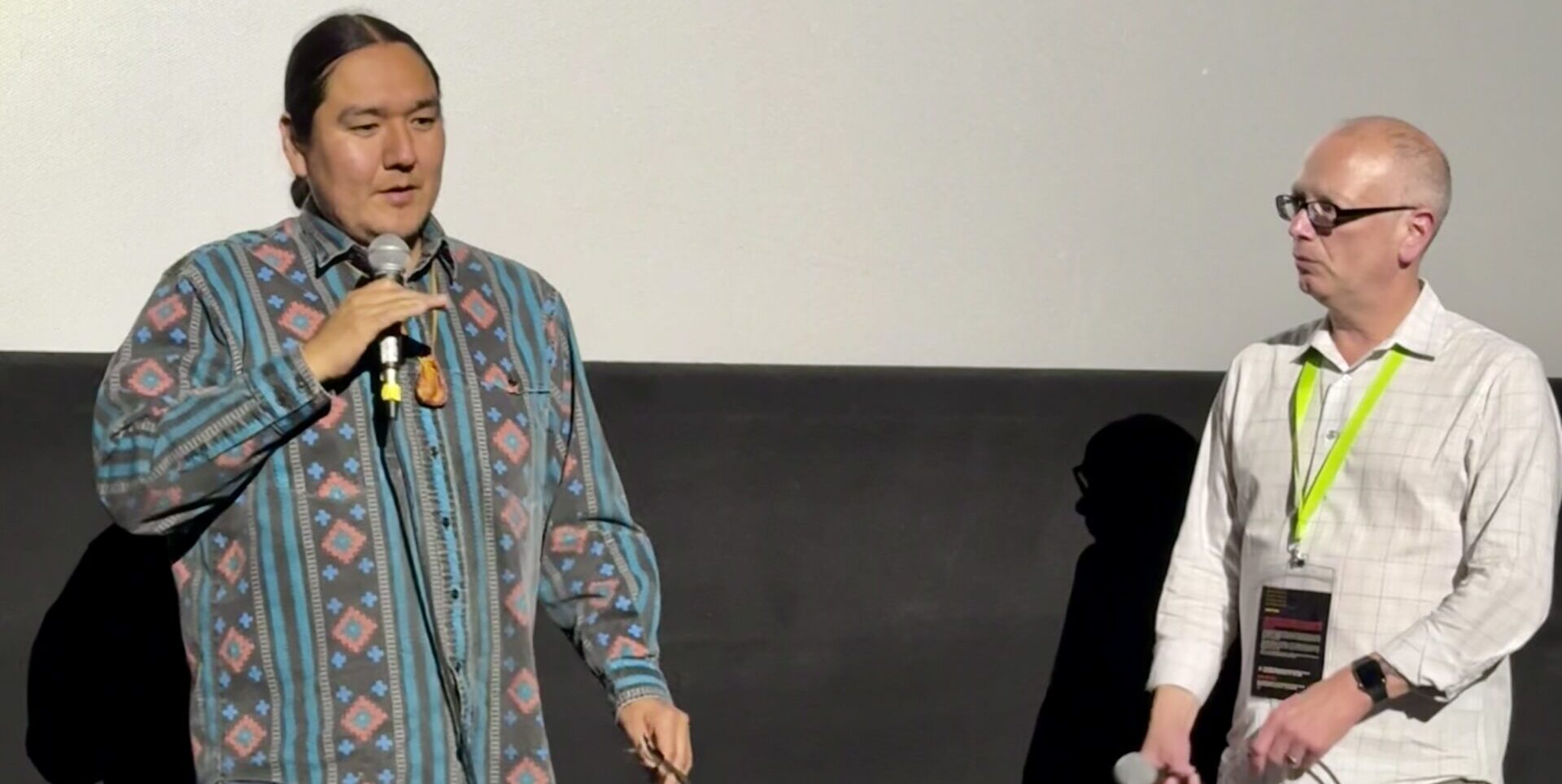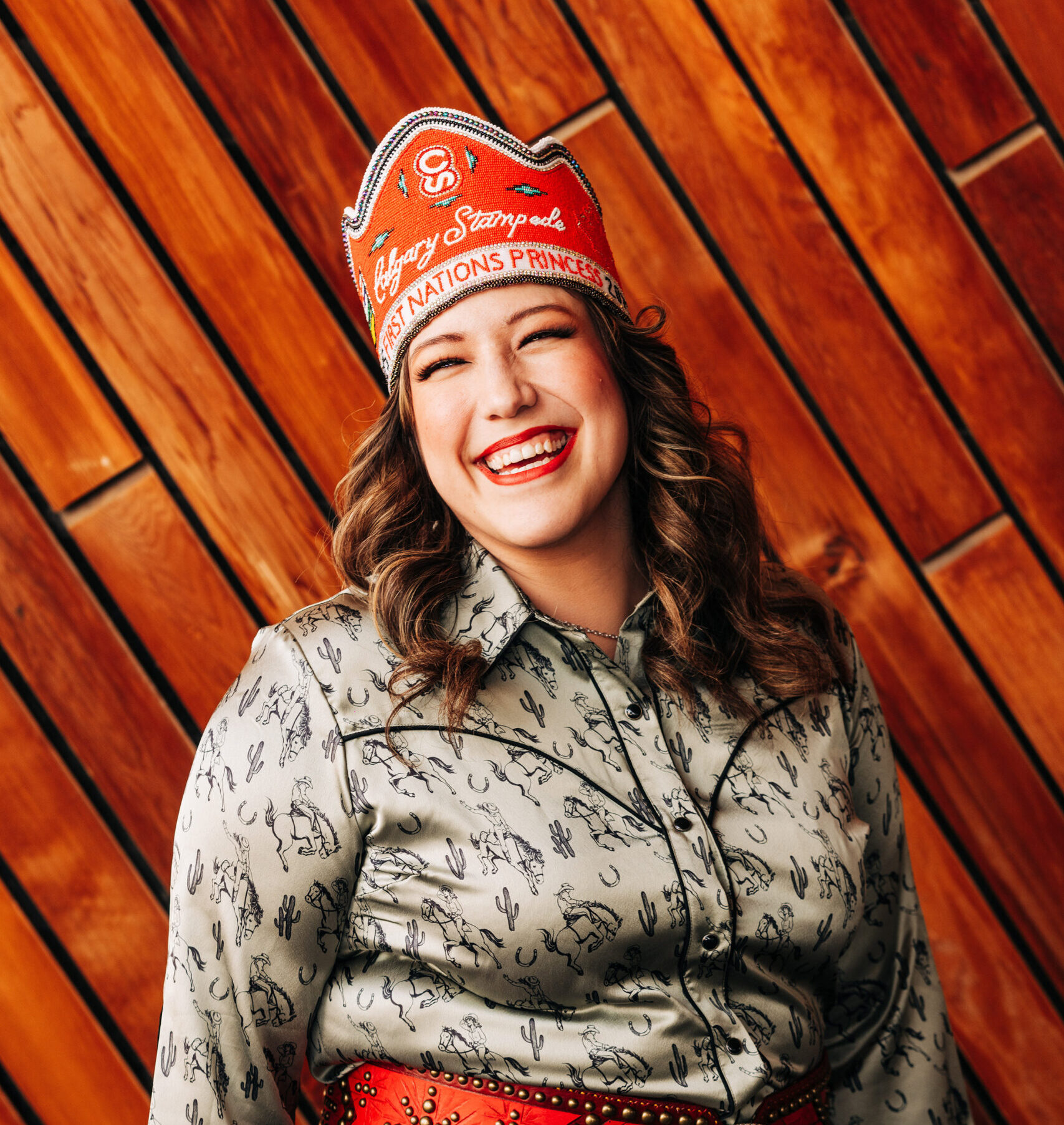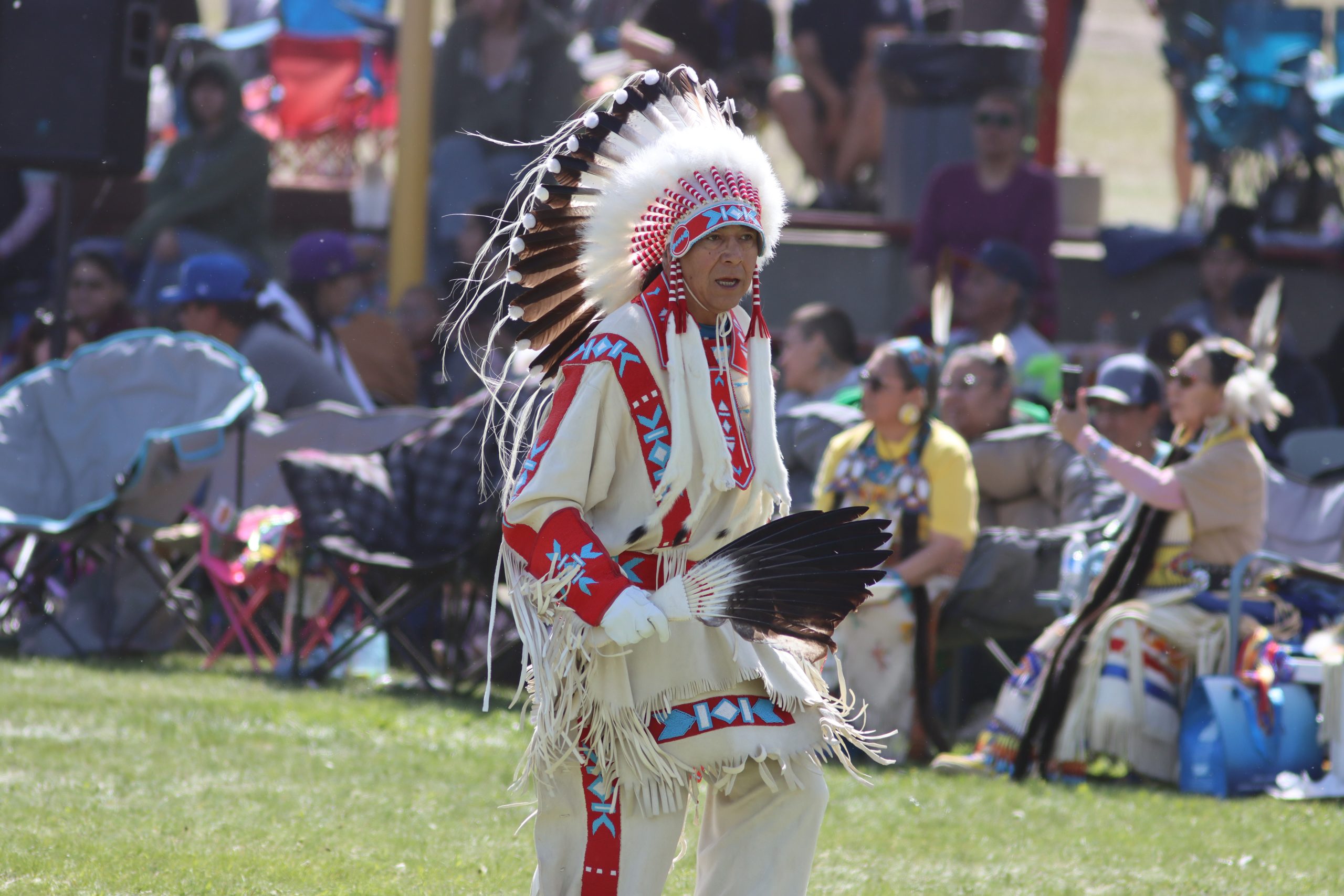Trevor Solway’s Siksikakowan: The Blackfoot Man offers a grounded, authentic look at Blackfoot identity and masculinity — a perspective that earned the film a spot in both the Alberta Spotlight and Canadian Documentary Competition at the Calgary International Film Festival. It screened at Scotiabank Theatres on Wednesday, Sept. 24 and Sunday, Sept. 28.
Solway’s identity as a Blackfoot man gives him a distinctive vantage point. His background allows him to document and tell an Indigenous story through grounded and lived experiences.
The film frames the conversation by asking: What does masculinity mean? Maybe it’s catching frogs in a river and learning to perform frog CPR. Maybe it’s shaped by how children are raised, or by the romanticized futures imagined for young men. Solway shows how people attach meaning to irrational expectations — like a father buying and unboxing a crib six months before the baby is born.
Solway pushes boundaries instead of confining viewers to convention. He reveals what people expect, then introduces moments of surprise — like dropping the camera to help his nephew. These scenes add urgency and intimacy to his subjects. He includes himself among them, using the film as a personal exploration through the perspectives of others.
During the Q&A, Solway emphasized this shift:
“I think we’re now in a relatively exciting time where we’re the ones with the camera now, where there’s no longer cameras pointed at us, and we’re like just in the background of Western films, we’re being shot off a horse.”
He cites RaMell Ross’s Hale County This Morning, This Evening as a source of inspiration. Ross’s style helped him reimagine how film can present Indigenous people.
Solway strives for authenticity in his filmmaking. He avoids staged moments and refuses to impose a forced narrative. Instead, he gathers multiple perspectives — including voices from outside the Blackfoot community, such as Sarah Good Medicine, a non-Blackfoot rapper who found support from Siksika rapper Dwight Good Eagle Farahat.
Solway challenges enduring film stereotypes — the “noble Indian,” the “drunk Indian,” the “warrior Indian,” the “savage Indian” — not by showing them directly, but by offering contrasting representations. He asks what the real Indian looks like, confronting and rejecting these reductive portrayals.
Historical depictions shaped how Solway viewed himself and other Blackfoot men—and diminished their humanity. His film pushes back by restoring complexity and dignity.
“Through making this film—it’s like going to therapy and stuff—you learn to give yourself permission to feel; to feel anger, to feel sadness, to feel joy, to feel grief. And there’s room for all of it. Like you can be, you still can be a fierce warrior, but you can also be nurturing and caring.”
“We are the Children of the Plains,” he said.






